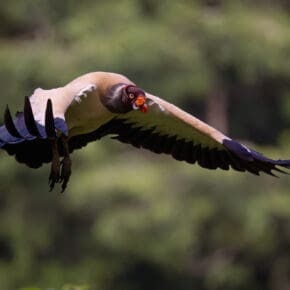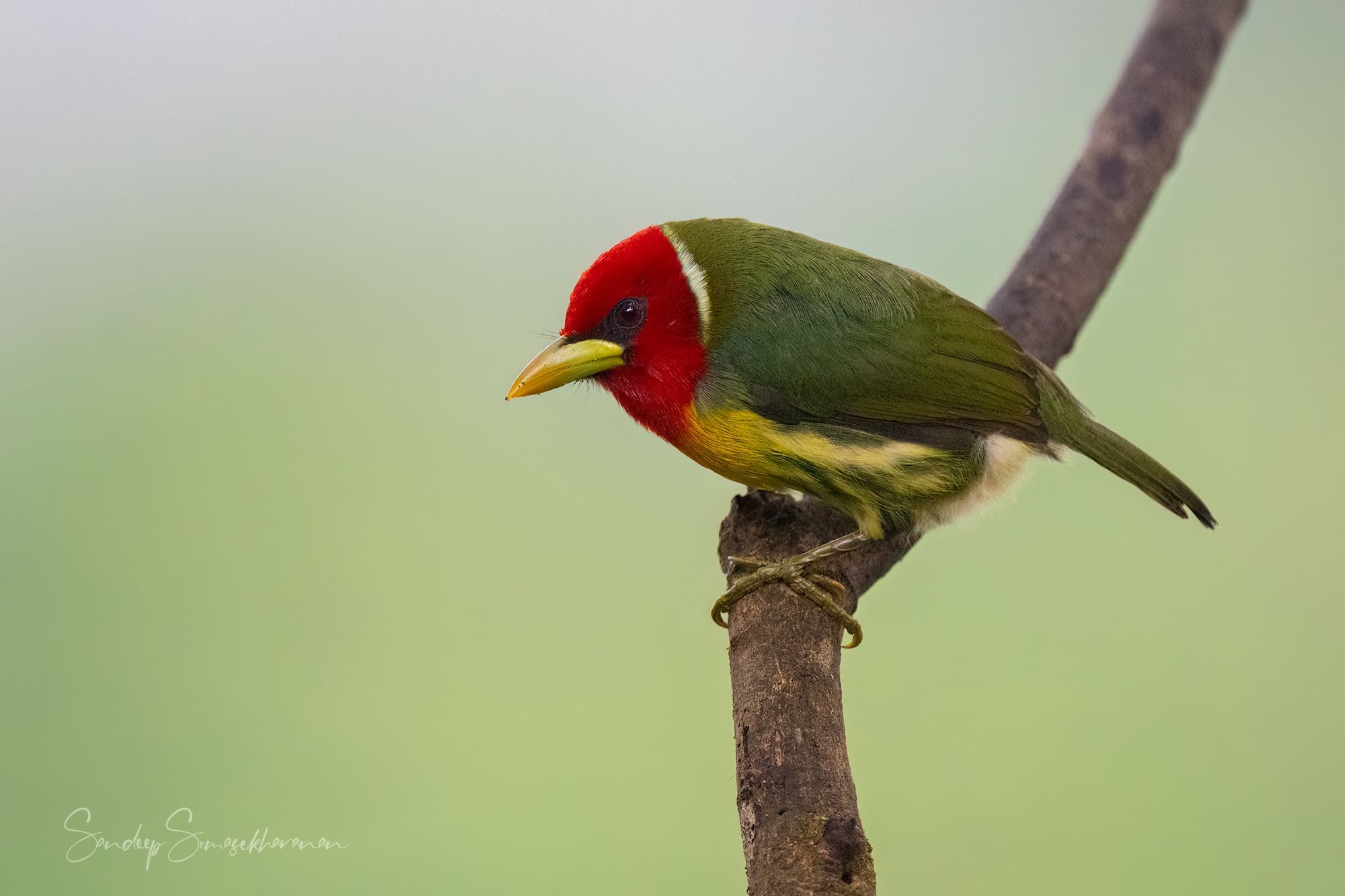On Day 6 in Costa Rica, Sandy and his mates have an almost beatific encounter with the Resplendent Quetzal, one of the world’s most celebrated birds and Costa Rica’s pride. This, the last of an absorbing 7-part travelogue, is an account of the last day of birding in this avian paradise.
Day 7 dawns misty and overcast. We have half a day at Suenos del Bosque and plan to depart for San Jose after checking out. There is a chill in the air, and Murukesh and I decide to shoot some long exposures of a stream that flows within the property. Pranav chooses to shoot the hummingbirds in the meantime. The two of us follow one of the trails along the stream but we end up dropping that idea as this stream only has a trickle of water. However, we run into a bird that looks like a bittern, which we later identify as a juvenile Bare-throated Tiger Heron.
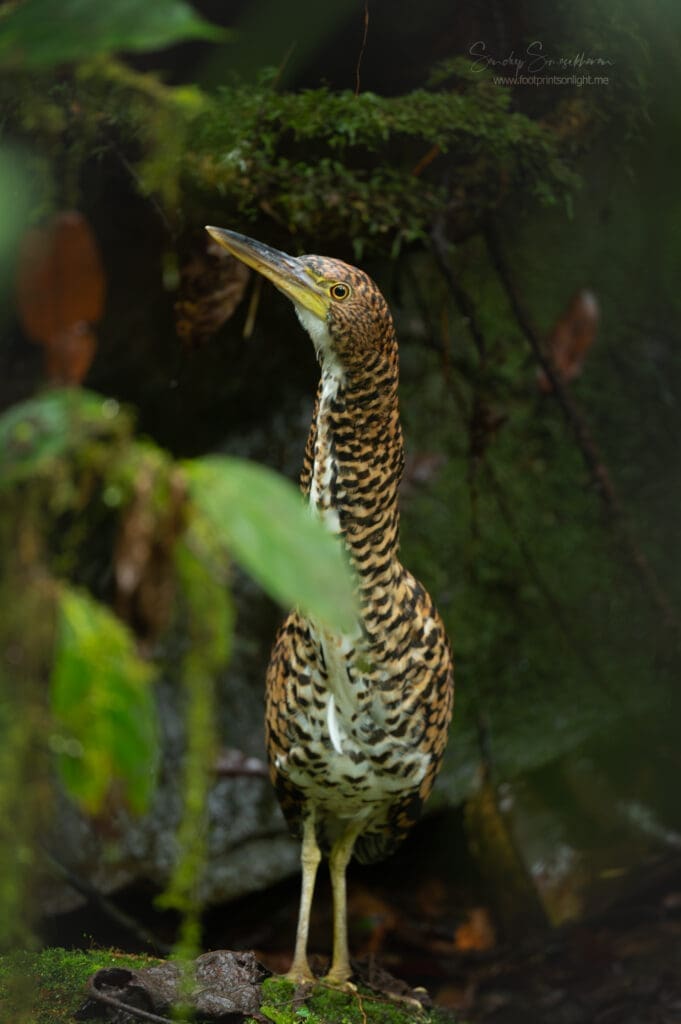
A wider stream is seen skirting the property, and we walk over to it. There is a large rock in the middle of the stream and we take off our shoes and wade through ice-cold water to set our tripods on it. We fire a couple of shots and later climb out to shoot a few from a bridge over the stream, for a higher vantage point.

The breakfast is pretty decent, and along with the regular sliced fruit we are served some uchuva berries, the mildly sweet and tart flavor of which is an interesting experience. As we have our breakfast, a Silver-throated Tanager (Tangara icterocephala) lands outside the glass window. It spends some time there, trying to start a conversation with its reflection in the window. As we finish up, Orlando pops in and breaks the news that a flock of quetzals has been spotted uphill, at about 20 minutes walk along one of the trails in the property. We have a quick brainstorming. Murukesh and Pranav are inclined to go uphill to get another shot at the quetzals. I opt to stay in the property and shoot some hummingbirds.

All along the front of the property, bordering the empty parking lot, is a cluster of bushes with orange trumpet-shaped flowers, in and out of which dart numerous hummingbirds. A Lesser Violetear (Colibri cyanotus) seems to be the alpha here, as it chases any other hummingbird that strays into its jurisdiction. There are a few female Magenta-throated Woodstars (Calliphlox bryantae) and even a Scintillant Hummingbird (Selasphorus scintilla), which we had heard is a difficult bird to spot.


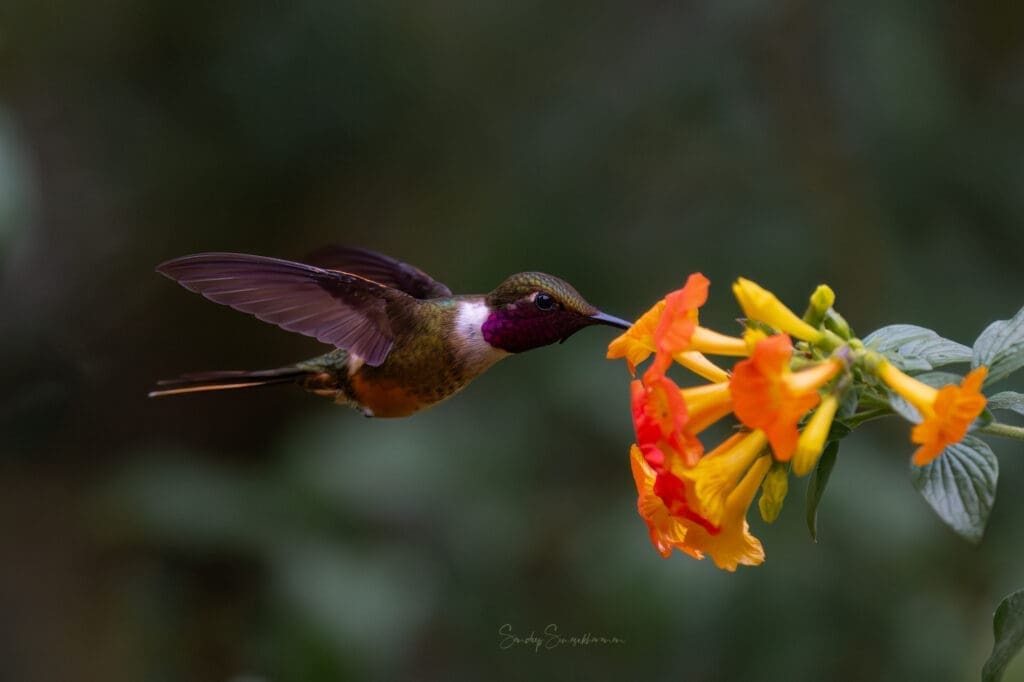

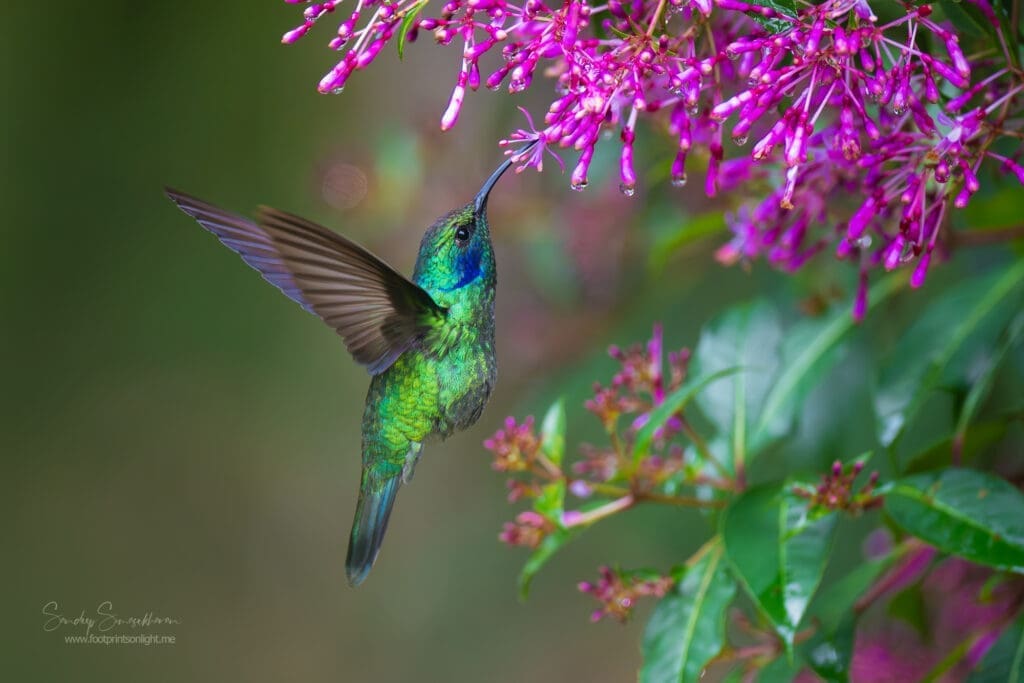
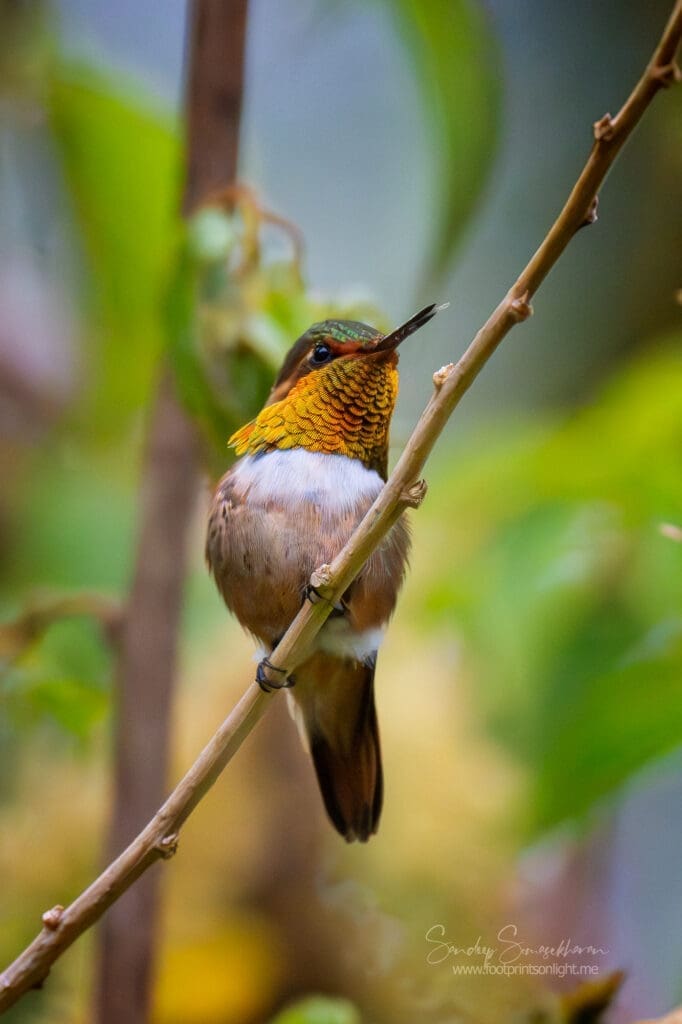
Murukesh and Pranav come down from their climb, and their highlight is the spotting of a Flame-throated Warbler (Oreothlypis gutturalis). We check out of the hotel and into the van. David, our guide at the Quetzal location had suggested we try out a place called Feather Garden on our way back. It turns out to be a masterstroke, as it is a beautiful property in a valley, with a few feeders and plenty of flowering plants. There is a drizzle in the air, but luckily there is a covered deck where we could stay dry. Karin (whom we had met the day before at the Quetzal place) is there as well, with her husband. There are no personnel to buy tickets from, but there is a small box where we are to drop in the fees of $5 per person, reinstating my faith in humanity and the honor system.
Hummingbirds are buzzing around, along with a few lifers, a rarity at this point due to the amount of birding we have done in the past week. A large hummingbird is bullying the smaller ones and we find out that this is a Talamanca Hummingbird (Eugenes spectabilis). It looks rather plain from the side, but the moment it turns its head in the right direction, its face lights up like a shop window full of neon lights. Also seen near the nectar feeders are Lesser violetears (Colibri cyanotus), Magenta-throated woodstars (Calliphlox bryantae) females, and a female Scintillant Hummingbird (Selasphorus scintilla).
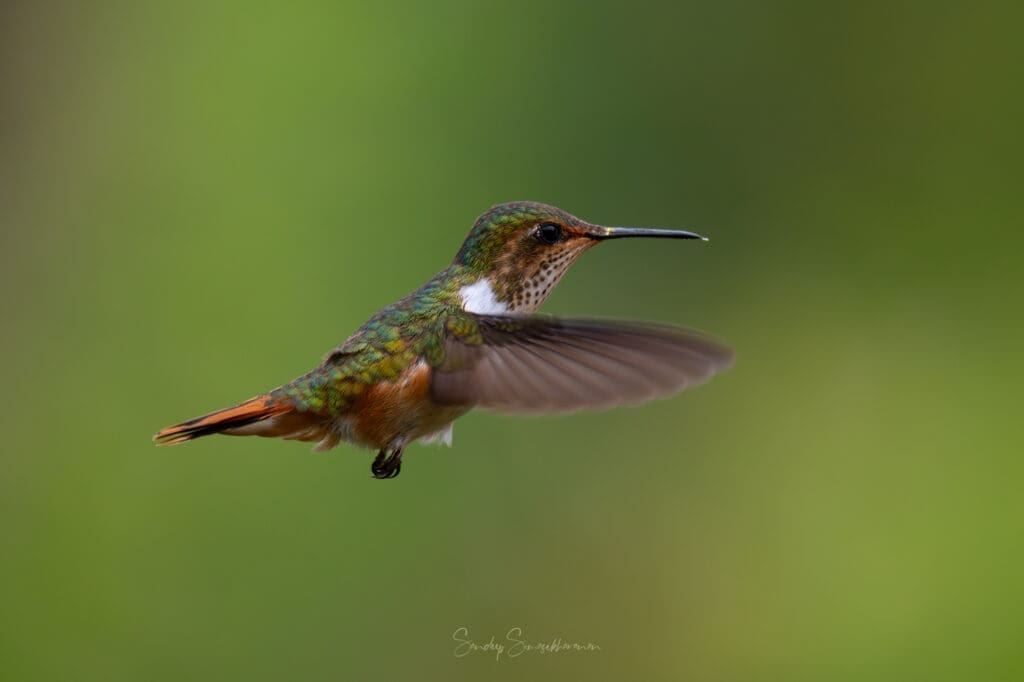
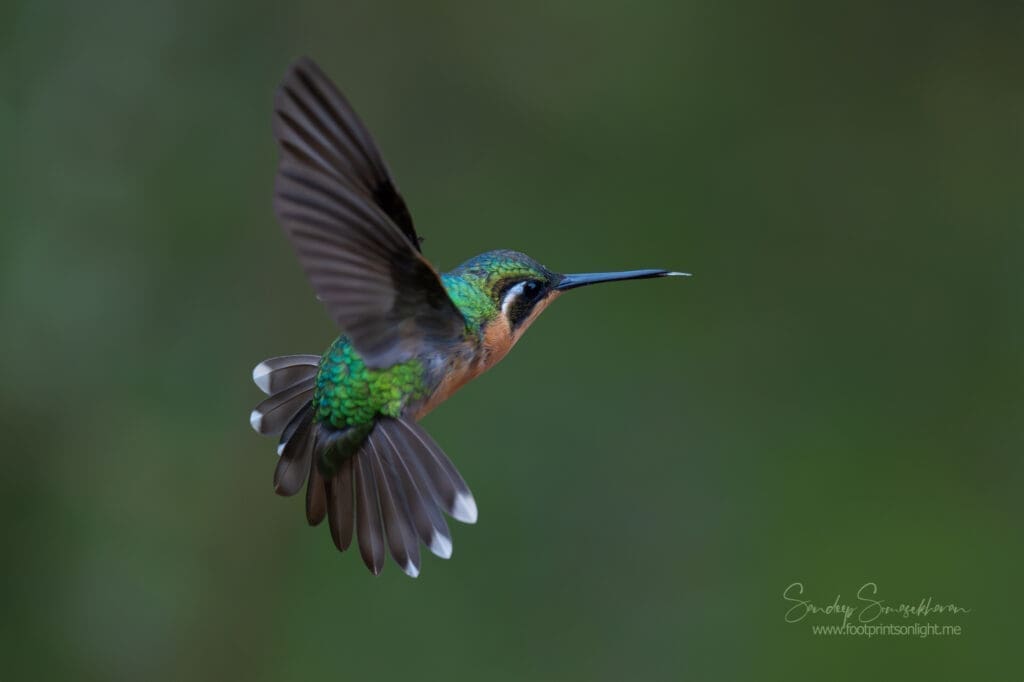


The feeders are smartly positioned such that the plantains (no surprises there) are impaled on nails hidden behind the perches, so as not to ruin the photographic experience. All along the feeders are stunning Flame-colored Tanagers (Piranga bidentata), the males aptly named and the females a bright yellow. We also see other birds that we spotted earlier on the trip or back in the US, such as Silver-throated Tanagers (Tangara icterocephala) and Blue-gray Tanagers (Thraupis episcopus), Baltimore Orioles (Icterus galbula), Tennessee Warblers (Leiothlypis peregrina) and Sooty-capped Chlorospingus (Chlorospingus pileatus).

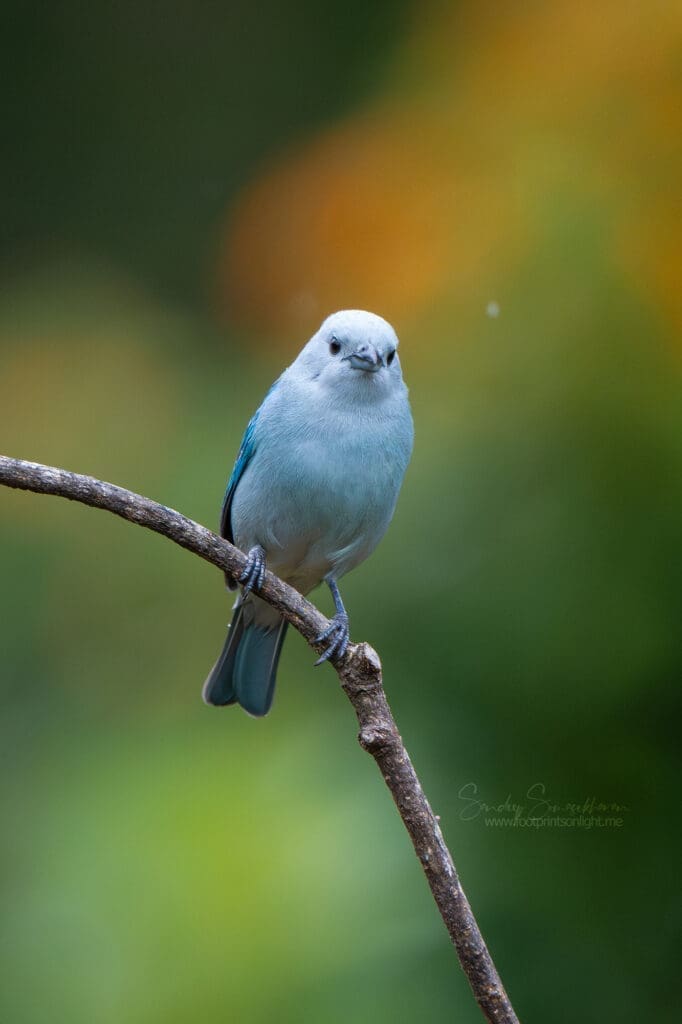
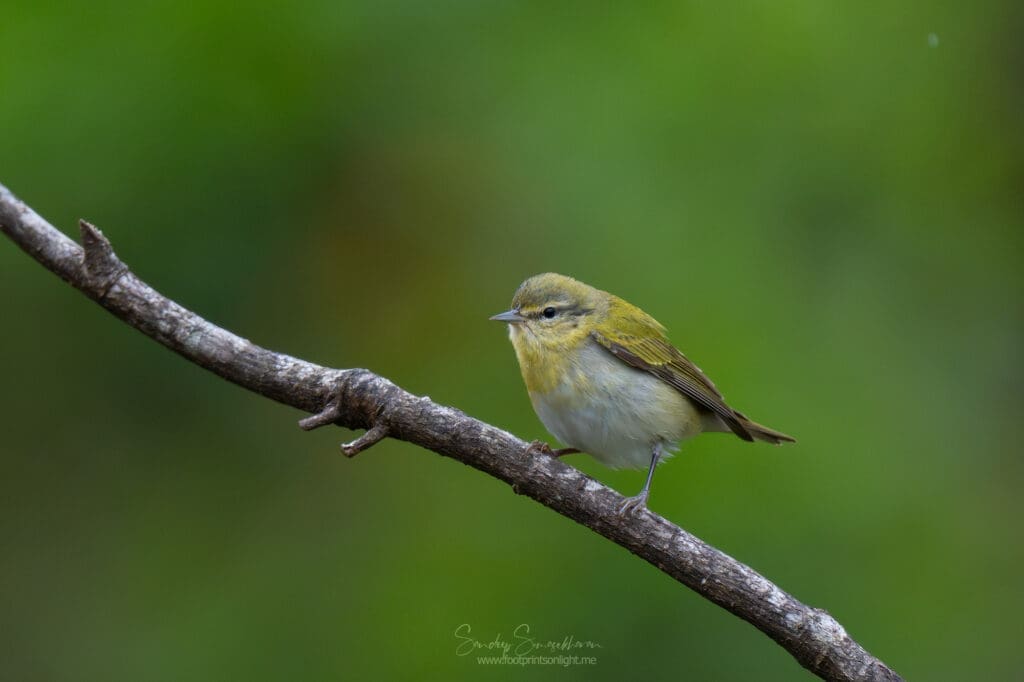
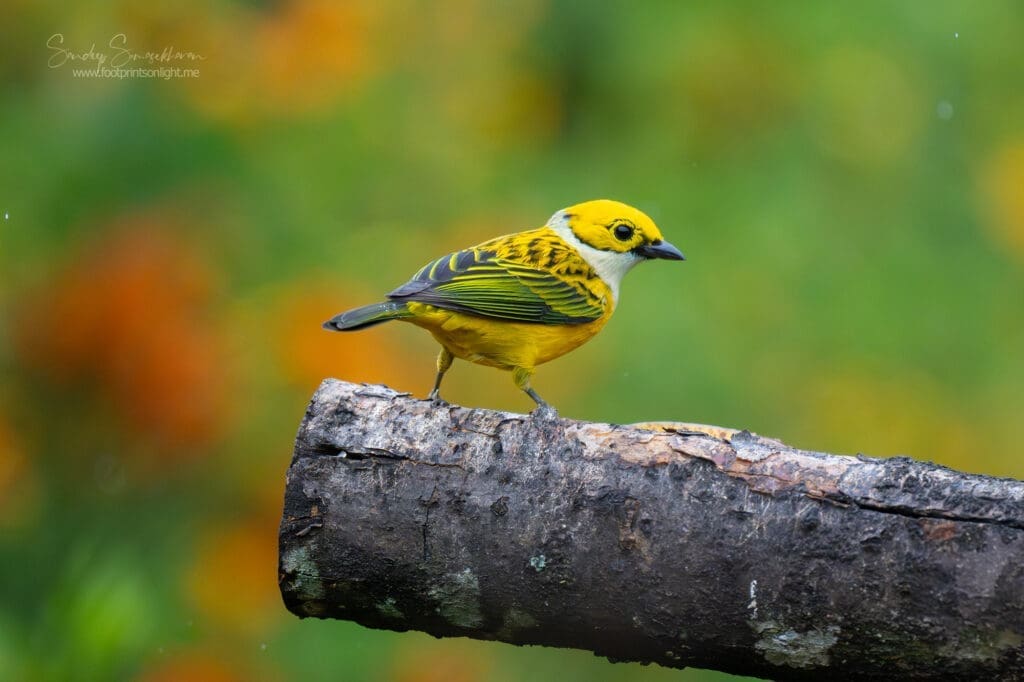
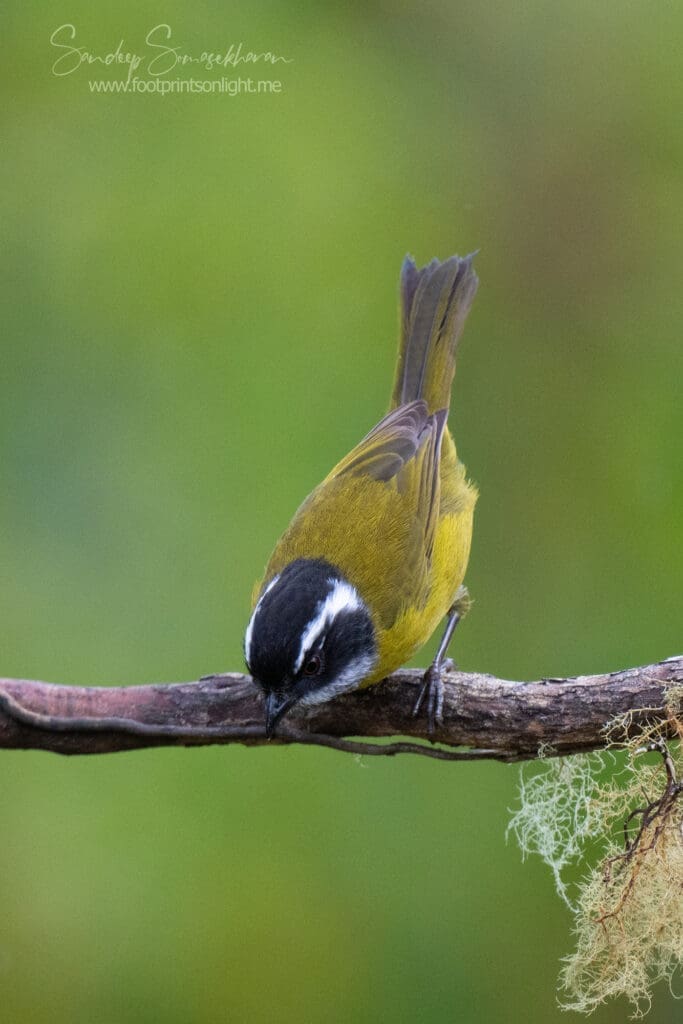
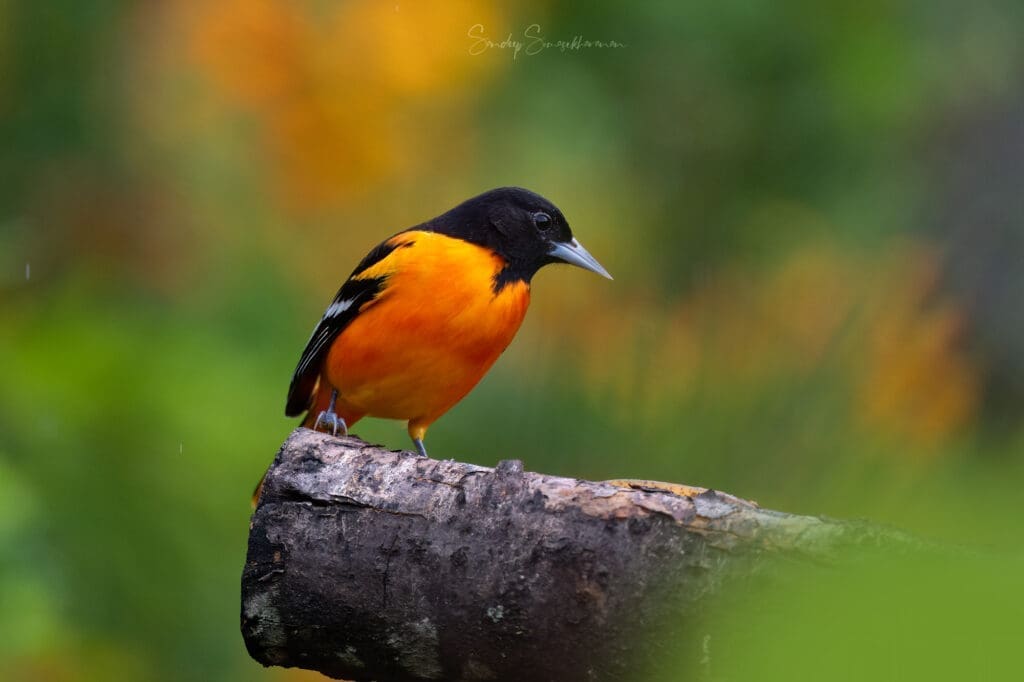

Suddenly, a woodpecker alights on a pole, eliciting expressions of joy from all of us. It is an Acorn Woodpecker (Melanerpes formicivorus), famous for digging shallow holes in trees, where they stash acorns, making up an interesting pockmarked pattern on the trunk. On the farthest feeder a shy bird, which looks like the Sooty-capped chlorospingus turns up, but disappears every time we make the slightest movement. We later identify it to be a White-naped Brush Finch (Atlapetes albinucha). An immature Rose-breasted Grosbeak (Pheucticus ludovicianus) too turns up, perching just for a fraction of a second before taking off. We point here and there, firing away, feeling like kids in a candy store. Finally the rain gets heavier, and we wind up our birding. We get into the trusty Toyota and head towards San Jose.
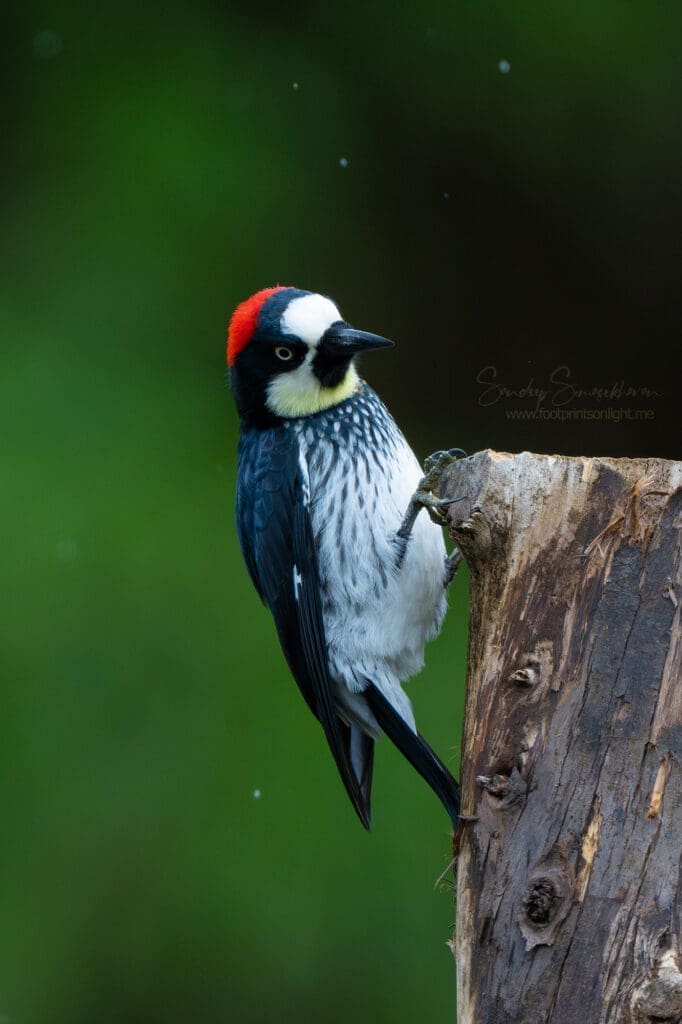
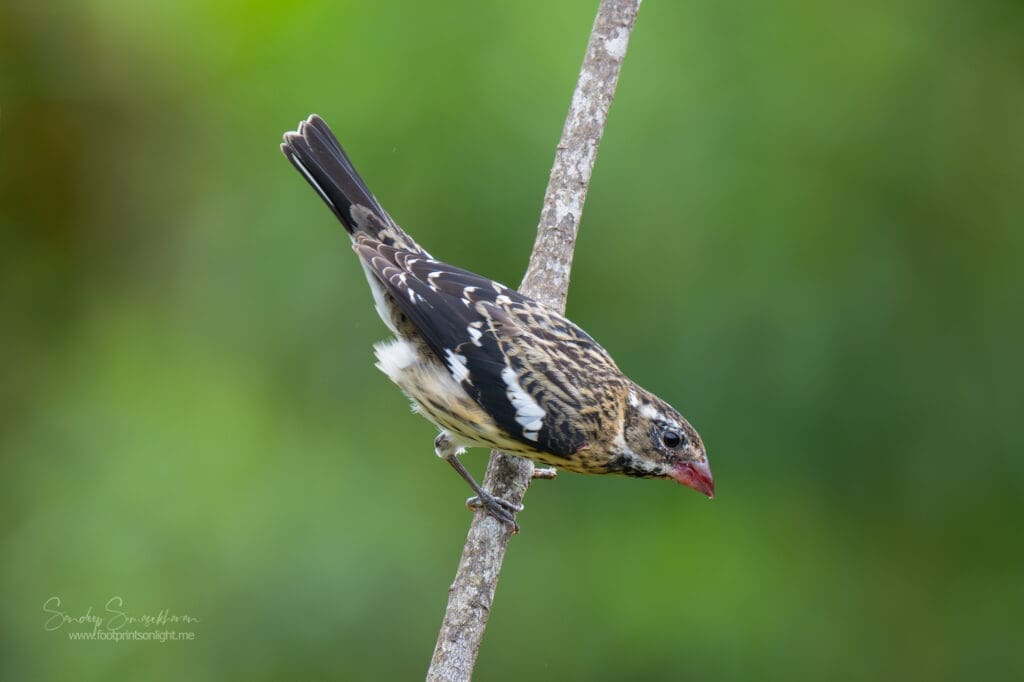
En route, we stop at a roadside eatery for lunch. It is a nondescript place, like the dhabas you would find in India, but once you step in it feels like the painters were given full liberty to run their creative process. The walls and seats are painted in gaudy primary colors, depicting quetzals and macaws. I order some grilled fish, and it tastes way better than anything I had at San Gerardo de Dota. The meals are quite cheap as well, at $10 per head. Having filled ourselves up, we resume our journey. There is a constant drizzle, and the roads get more congested. We stop briefly for Murukesh to buy some coffee beans and pull up at the Radisson around 6 pm. Orlando lets us know that he would not be coming to drop us at the airport, and this is the last we would see of him. It is an emotional moment, as we hug him in turns, thanking him for taking care of us throughout the trip. He has been a wonderful ambassador for this country, and I know his face is what would come to my mind first when I hear the words “Costa Rica”.


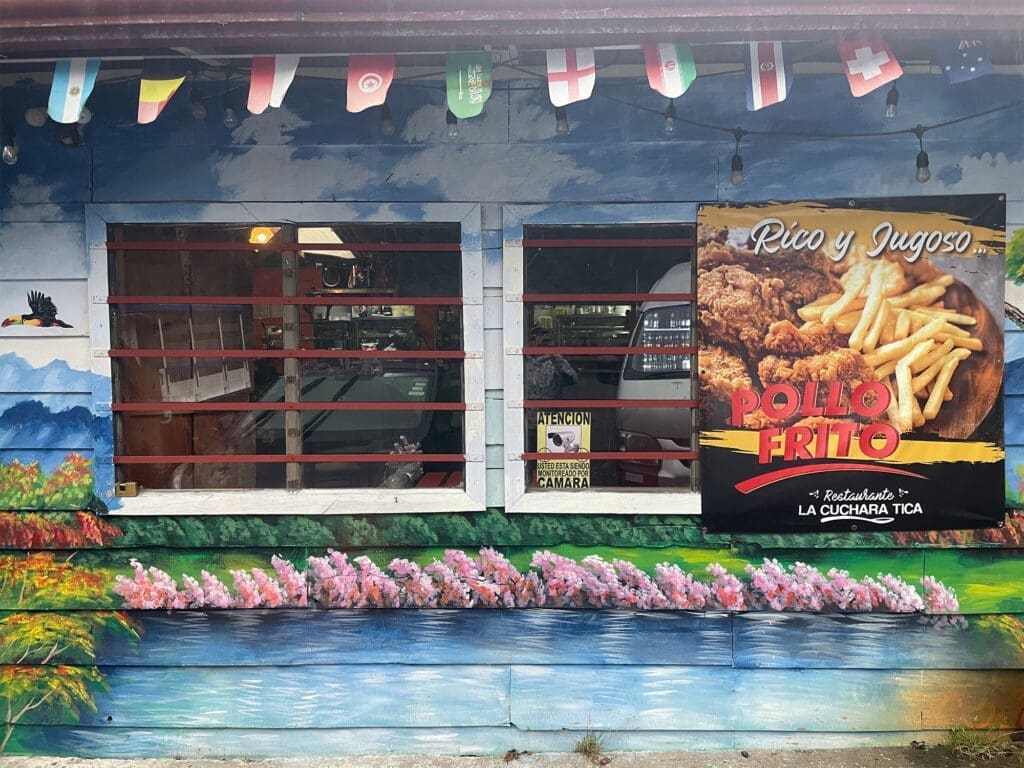
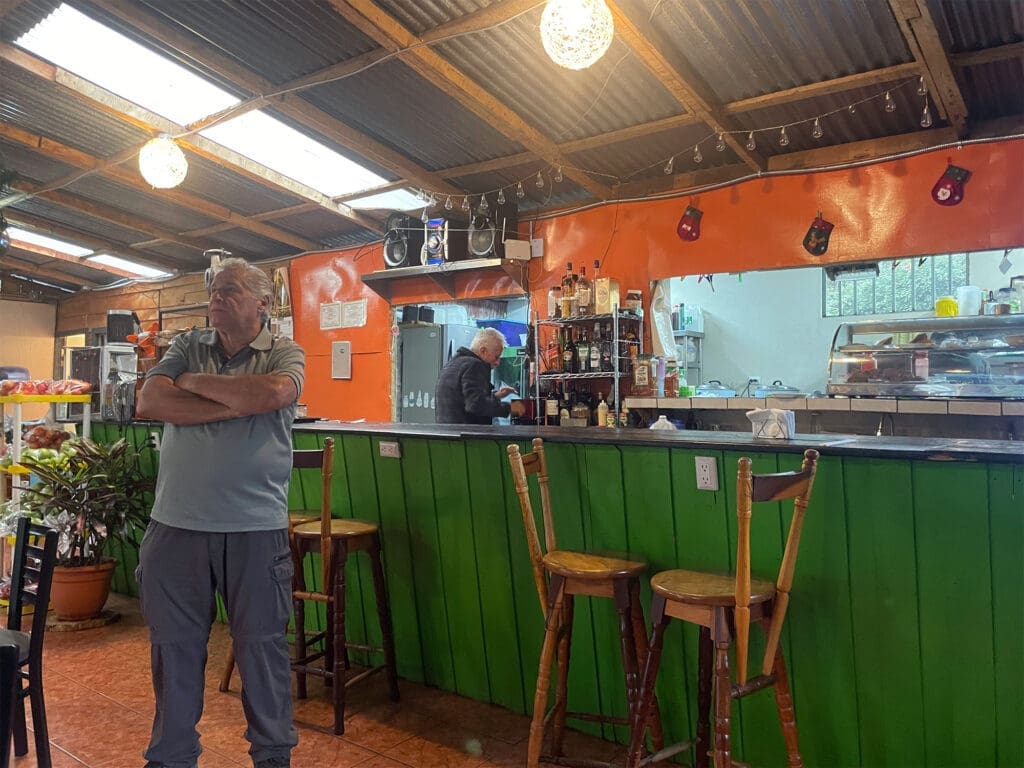
We head to our rooms and crash. Murukesh and family have two double beds and I have a king bed.
We are up at around 6:30 AM, hearing loud squawking noises. I slide the window open and peer out of the window to see a bunch of Crimson-fronted Parakeets (Psittacara finschi) on a tree right outside my room. I look to my left and notice Murukesh and Pranav, most of their bodies hanging out precariously from their window, trying to get shots of the parakeets. There is still time for breakfast and we decide to do some window birding. It turns out to be a masterstroke as we spot two more lifers. A Lesser Goldfinch (Spinus psaltria) sits briefly on one of the branches, followed by a pair of Rufous-backed Wrens (Campylorhynchus capistratus). Pranav spots an Inca Dove (Columbina inca) as well, though I don’t catch a glimpse of it.
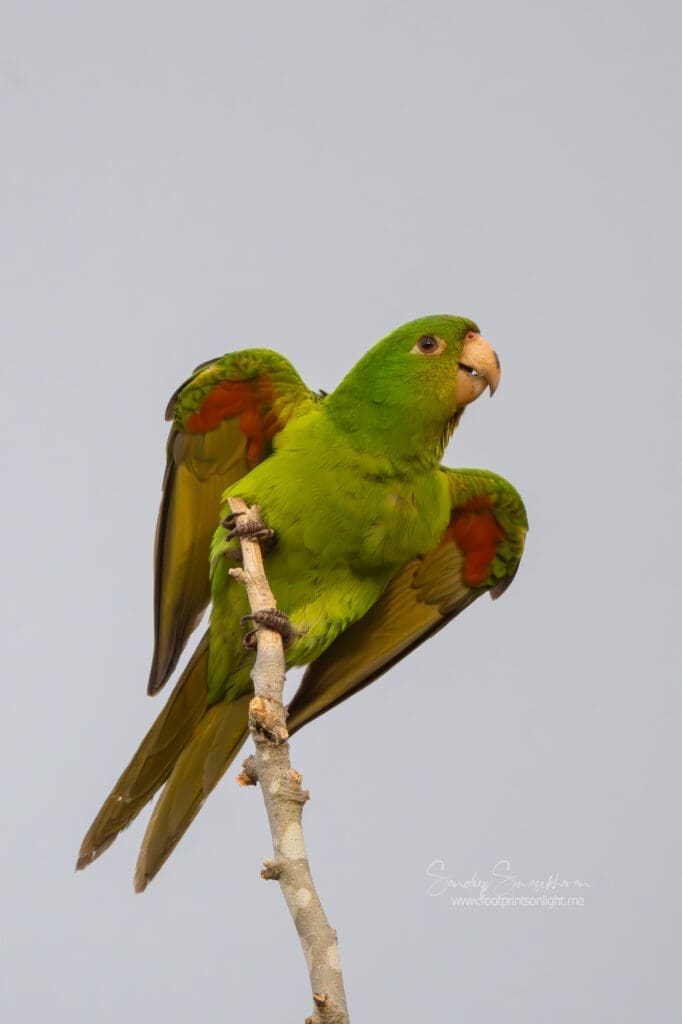
We walk down to the breakfast and the place is jam-packed. We struggle to find a seat, as tourists from all parts of the world cram themselves into one dining hall. Finally, we find a place and fill our plates with a relatively plain continental breakfast; another rude reminder of the trip coming to an end. As we finish up, we see Rufous-backed Wrens frolicking outside the dining hall. There is a palm tree, and it appears that four wrens are building their nests in the same tree. They flit around, pulling straws of grass, later disappearing into the palm tree.
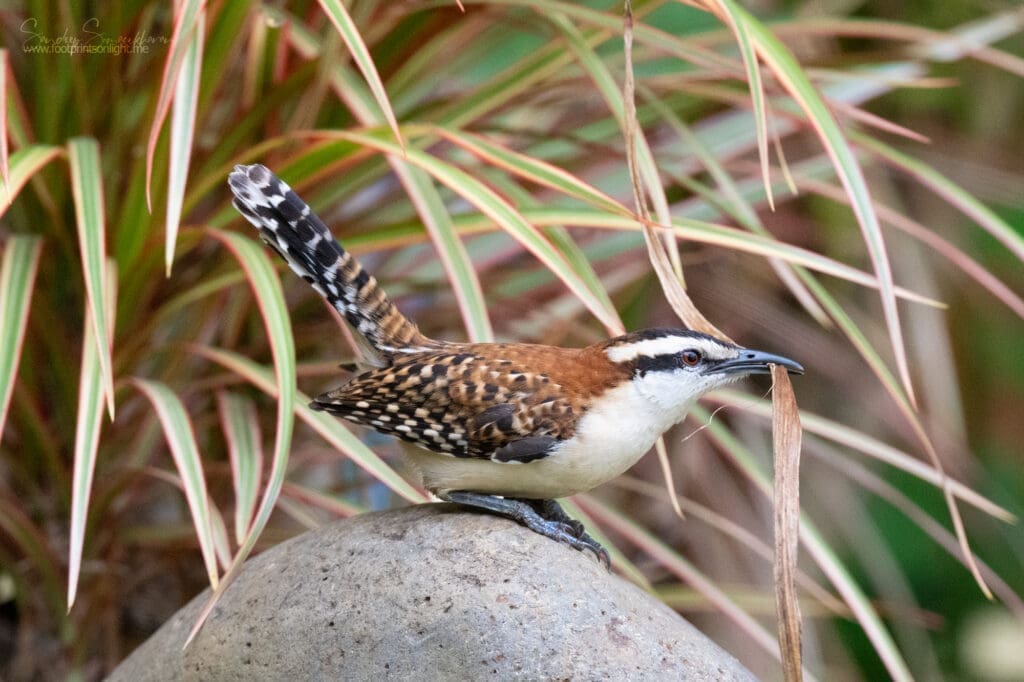
We also see a pair of Crested Caracaras (Caracara plancus) and a Yellow-headed Caracara (Milvago chimachima) flying in circles. As we stand there shooting, an older American woman who appears very much hung over, approaches us and asks us what we are shooting. I show her the pictures and point out the birds, upon which she rattles off a flurry of expletives; not at me, but at the birds. “****! I would have never noticed these ****ers had you not pointed them out. Wow. You guys have some ****ing amazing talent spotting these!” We choose not to tell her that we came from the US just for the birds, and wish her a good day.
We walk around a bit and shoot the caracaras, and the hour draws near for us to depart to the airport. The last bird we notice is a Yellow Warbler (Setophaga petechia), on the same dead tree where the parakeets were earlier. Finally, we wind up and pack our cameras, everything else having already been packed. Our ride arrives, and we hop on to the luxurious Mercedes van, but we do not feel the same level of warmth as we felt while sitting in the Toyota with Orlando. We are dropped at the airport, and at the security check our eyes are drawn to the large poster on the wall, that says the two words that encompass the spirit of Costa Rica.
Pura Vida.
The rough translation “Pure Life” doesn’t even do justice to how it represents the culture and the ecosystem of this country.
This has been an insanely successful trip. We never lost an hour of birding to the weather. We shot from daybreak to nightfall. We found almost every target species, including the quetzal. We met incredible people and had some wonderful food. We saw vistas that took our breath away. We breathed the purest of airs. We filled our memory cards with tens of thousands of photos, which we would have to ruthlessly cull once we get home, so the computers don’t run out of space.
Trips can’t be scripted better than this. Perhaps, we are indeed good people, as Murukesh said. Or perhaps, it is because Costa Rica just gives and gives, to everyone who cares to pay a visit.
Enjoyed this series? Don’t forget to check out more nature travelogues
- Costa Rica Diaries – Parting Gifts - May 5, 2024
- Costa Rica Day 6 – Resplendent Quetzal: Part Bird, Part God and Full-Time Economy Driver - April 17, 2024
- Costa Rica Day 5 – Toucan Trees and Wild Dreams Coming True - March 22, 2024


